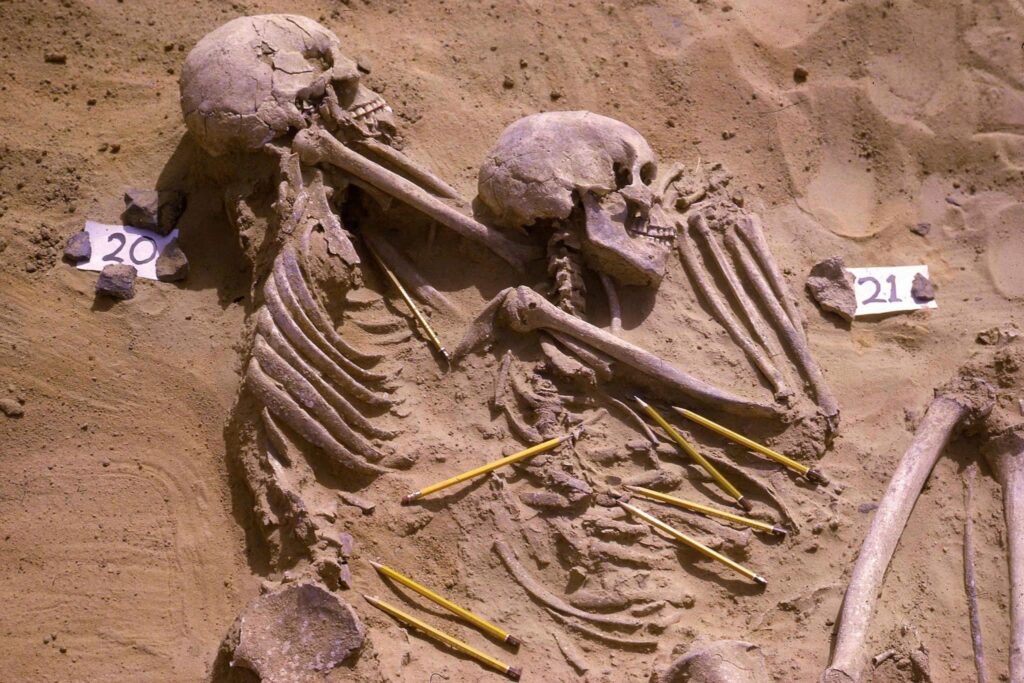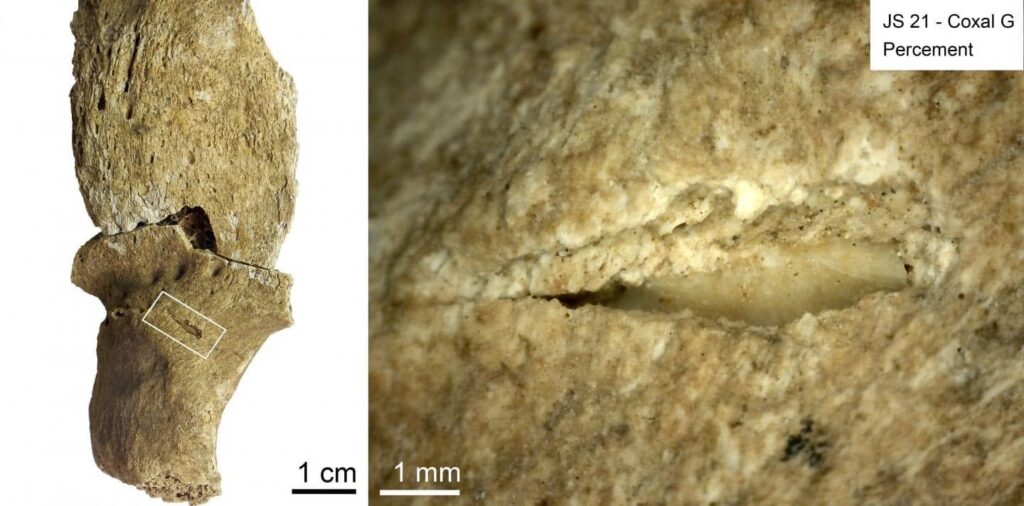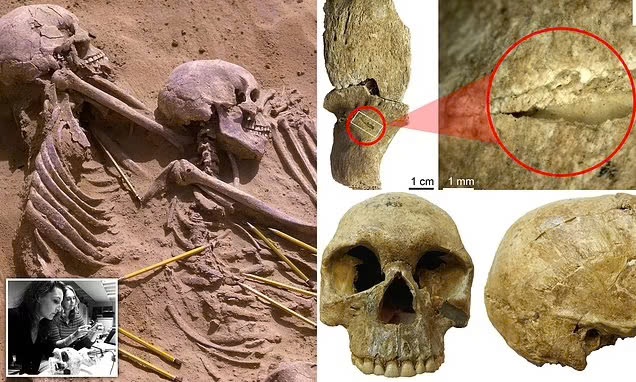Rewriting History: New Analysis Sheds Light on Prehistoric Warfare

In the sun-baked Nile Valley of Sudan lies a cemetery that has long captivated archaeologists and historians alike. The Jebel Sahaba cemetery, dating back 13,000 years, has been considered a crucial piece of evidence in understanding prehistoric warfare. Now, a groundbreaking reanalysis of the skeletal remains is changing our perception of ancient conflicts.
Uncovering Hidden Scars
Scientists from the CNRS and the University of Toulouse – Jean Jaurès embarked on a mission to re-examine the bones preserved at the British Museum in London. Using cutting-edge microscopy techniques, they scrutinized the remains of 61 individuals, unearthing a startling 106 previously unrecorded injuries and traumas.

A Pattern of Violence
The findings, published in Scientific Reports, paint a picture of a society marked by persistent, small-scale conflicts rather than a single catastrophic battle. Of the 61 individuals studied, 41 (a staggering 67%) showed signs of at least one injury, whether healed or unhealed. Even more telling, 92% of these injuries were consistent with projectile wounds and close combat trauma.
Arrows in the Dark

Perhaps most intriguing is the nature of these wounds. At least half were identified as puncture wounds, likely caused by projectiles such as spears and arrows. This suggests that many of these violent encounters may have been surprise attacks or ambushes, rather than face-to-face confrontations.
Survivors of Ancient Strife
Contrary to previous theories of a single, fatal conflict, the presence of healed injuries tells a different story. These ancient people fought, survived, and lived to fight again, enduring multiple violent assaults throughout their lives.
Reimagining Prehistoric Society
As we peer through the mists of time, the Jebel Sahaba cemetery offers us a glimpse into a world of hunter-fisher-gatherers locked in a cycle of sporadic yet persistent violence. This reanalysis challenges our understanding of prehistoric warfare, suggesting a more complex and enduring pattern of conflict among the groups inhabiting the Nile Valley at the close of the Late Pleistocene era.
The bones of Jebel Sahaba continue to speak, reminding us that the roots of human conflict run deep into our prehistoric past. As we uncover more about these ancient struggles, we gain invaluable insights into the long and often violent journey that has shaped human society.
